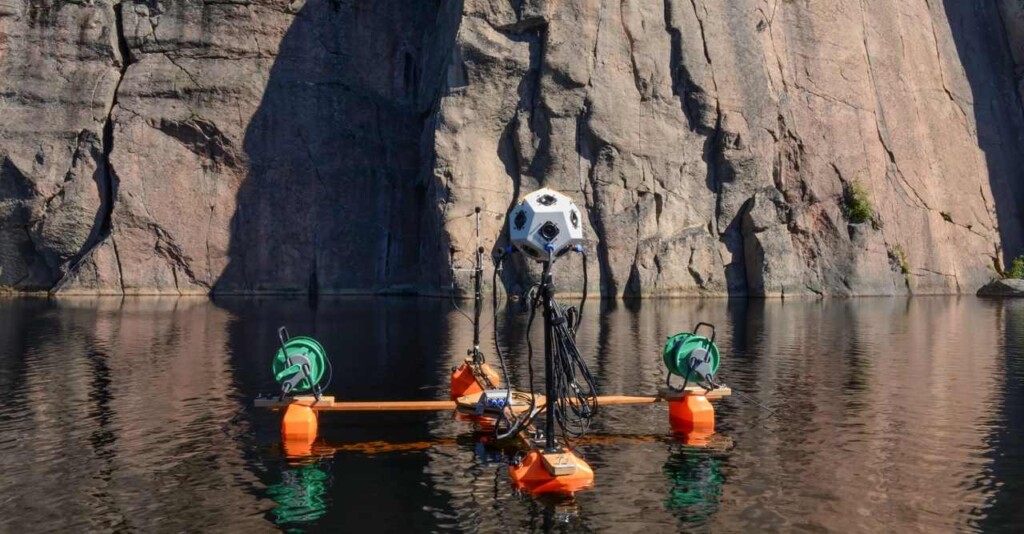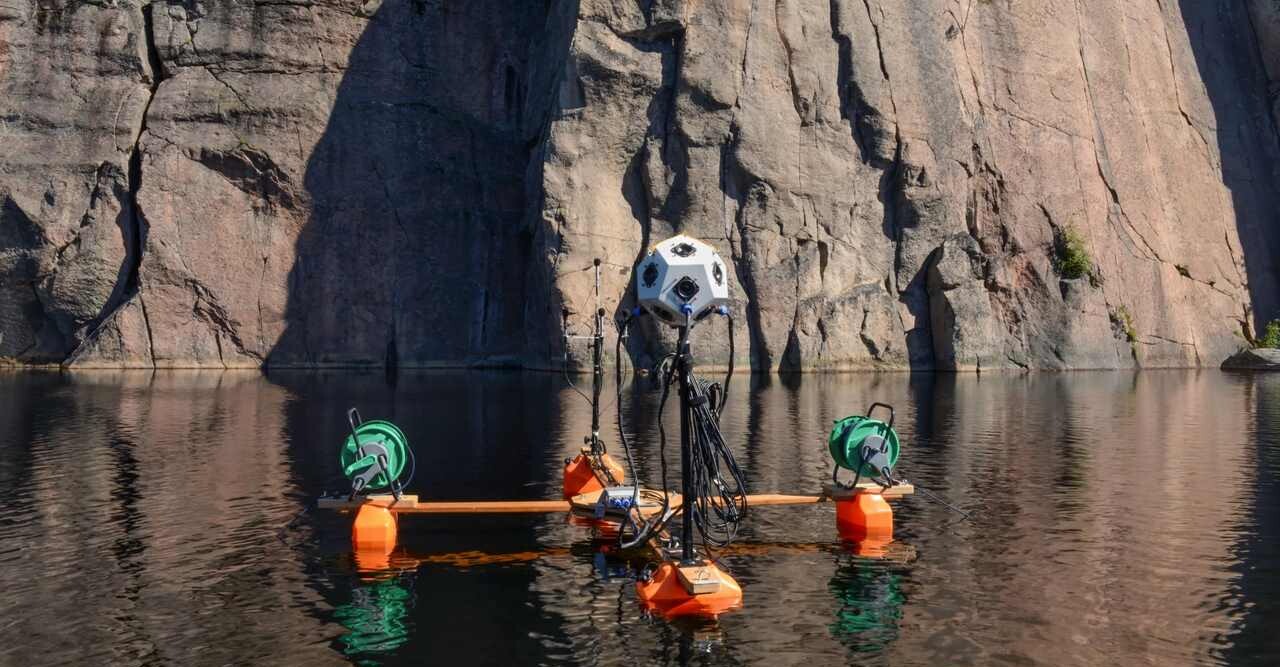
Rising directly out of the water of a lake in the Finish Lakeland region, tall granite cliffs are believed to have acted as a musical element in Neolithic Finns’ socio-religious activities.
That’s because their unique shape, and boundary shared with the water, create powerful single echoes back at whomever made a sound in their direction.
Now, a new study has aimed at exploring the connection between these cliffs’ unique properties and the people who painted images of humans, elk, drummers, boats, and human-animal hybrids on its surface.
The Finnish Lake District emerged after the recession of the Continental Ice Sheet, leaving as many as 35,000 small and large lakes behind. Like the granite massifs in Yosemite, the ice rubbed the surfaces of the cliffs smooth, creating a unique acoustic profile.
Hunter-gatherers approached them either on the ice in wintertime, or on canoes, and painted images on their surface. Underwater archaeology has revealed offerings were left by the cliffs. Any soundwaves sent toward them would rebound dramatically.
“So, people heard the painted elks talking and the human figures responding with a voice that resembled their own,” said study author and archaeologist Riitta Rainio.
As these reflections appeared to emanate from invisible sources behind the paintings, the auditory and visual images overlapped, merging into one multisensory experience, Univ. of Helsinki press wrote of the study.
Although the sounds and music of prehistoric people are beyond our reach, the study shows that the physical environment actively participated in their activities, co-vibrating and creating reciprocal tangible encounters between the human and more-than-human worlds.
YOU MAY ALSO LIKE: MIT Scientists Spin Some Music Out of Spider Webs – And it Sounds Otherworldly (Listen)
“The possibility to communicate reciprocally with the physical environment or more-than-human reality may have been an essential reason why these cliffs were visited and painted, and why offerings were left to them. For the history of sound and music, the study provides an example of how significant a role sound reflections could have in past societies.”
MORE NATURALISTIC SOUNDTRACKS: A Mathematician Just Made a Musical Album Entirely Composed of Black Hole Wavelengths – Listen
Reverbarative landscape features have also been acknowledged to have played a role in socio-religious practices in the Andes Mountains, where a pre-Incan site called Viejo Sangayaico was found to have a large hollowed-out “dance floor” that would have produced a resonance that echoed through the surrounding hills.
LISTEN to the researchers’ experiment near the cliffs…
SHARE This Incredible Insight Into The Lives Of Prehistoric Peoples…




















